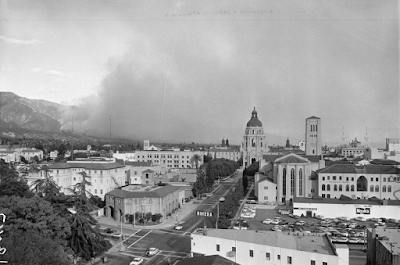The happiest baby ever, Phoenix, Arizona 1938

Time-travel with me, and let's be the happiest baby ever, in Phoenix, Arizona in 1938. The photo at the top of this post is of my neighbor and fellow history adventurer, +Carole Lowe Beath . As you can see, she was the happiest baby ever. It's 1938, the United States is still digging itself out of the Great Depression, and there's a major World War just around the corner. But we're a happy baby, and that doesn't matter. What matters is that we're in Phoenix, and the future looks bright. Phoenix, Arizona in 1938 Dad works for Union Oil (look carefully - there's a "76" sticker in the back window of the car). The house, by the way, is at 339 N. 20th Drive, which is near 20th Avenue and Van Buren. A nice neighborhood! Phoenix will grow so fast after the 1940s it will be almost unrecognizable. That's what Phoenix does, it grows, and it's still growing. The "happiest baby ever" house is still there, by the way. The n...















